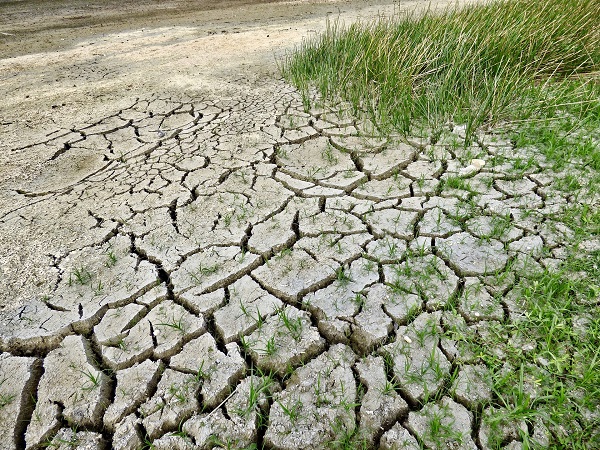New York, (Asian independent) After flash floods, it may be the turn of flash droughts – drying out soil in a matter of days to weeks – that are likely to occur more often than before, warns a study.
These events can wipe out crops and cause huge economic losses. And according to scientists, the speed at which they dry out the landscape has increased.
Researchers at the University of Texas at Austin, the Hong Kong Polytechnic University, and the Texas Tech University found that although the number of flash droughts has remained stable during the past two decades, more of them are coming on faster.
Globally, the flash droughts that come on the fastest – sending areas into drought conditions within just five days – have increased by about 3 per cent to 19 per cent. And in places that are especially prone to flash droughts – such as South Asia, Southeast Asia and central North America – that increase is about 22 per cent to 59 per cent.
Rising global temperatures are probably behind the faster onset, said UT Jackson School Professor Zong-Liang Yang, in the The research published in the journal Nature Communications.
“Every year, we are seeing record-breaking warming episodes, and that is a good precursor to these flash droughts. The hope and purpose [of this research] is to minimise the detrimental effects,” he said.
Flash droughts are relatively new to science, with the advancement of remote sensing technology during the past couple of decades helping reveal instances of soil rapidly drying out. This serves as the telltale sign of the onset of a flash drought and can make drought conditions appear seemingly out of the blue.
As the name suggests, flash droughts are short lived, usually lasting only a few weeks or months. But when they occur during critical growing periods, they can cause disasters.
In this study, the scientists analysed global hydroclimate data sets that use satellite soil moisture measurements to capture a global picture of flash drought and how it has changed during the past 21 years.
The data showed that about 34-46 per cent of flash droughts came on in about five days. The rest emerge within a month, with more than 70 per cent developing in half a month or less. Further, they noticed the flash droughts happening more quickly.
The study also revealed the importance of humidity and variable weather patterns, with flash droughts becoming more likely when there’s a shift from humid to arid conditions. That makes regions that undergo seasonal swings in humidity – such as Southeast Asia, the Amazon Basin, and the East Coast and Gulf Coast of the US – flash drought hot spots.








